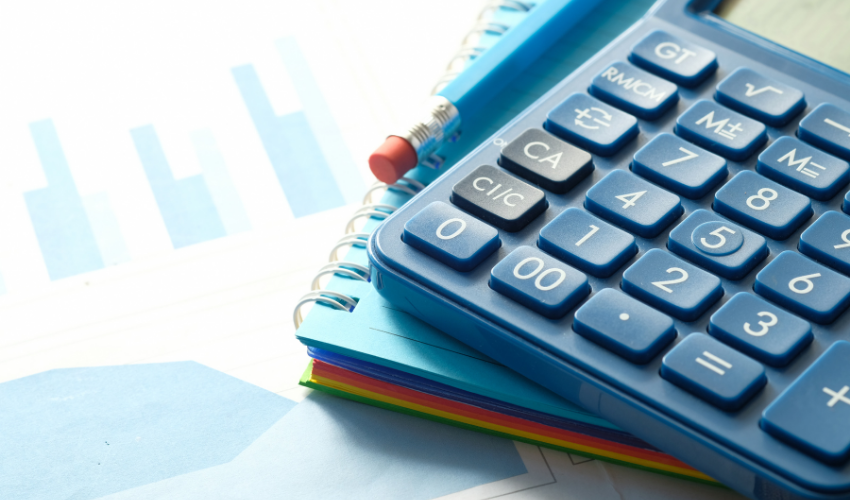
If you’re looking to sell commercial or investment real estate that’s significantly appreciated, you may be able to defer the tax on the gain using a Section 1031 “like-kind” exchange.
In a like-kind exchange, real property held for investment or for productive use in your trade or business (relinquished property) is exchanged for like-kind investment, trade, or business real property (replacement property). Like-kind exchanges may be an especially attractive option right now as real estate prices have risen, resulting in higher tax bills.
Like-kind is broadly defined for these purposes, meaning that most real property is considered to be like-kind with most other real property. However, neither of the properties involved in a like-kind exchange can be real property held primarily for sale.
Basic tax rules
The Tax Cuts and Jobs Act introduced an important change for like-kind exchanges: exchanges of personal property—including equipment and certain personal property building components—that are completed after December 31, 2017 are no longer eligible for tax-deferred Section 1031 treatment.
Contact us if you’re unsure whether your property is eligible for like-kind treatment—we’ll be happy to discuss the matter with you.
If the exchange does qualify, however, the following is a quick guide to the tax implications.
If the exchange is purely asset-for-asset (with no cash or additional property included), you don’t need to recognize any gain from the exchange, and the replacement property will take the same “basis” (your cost for tax purposes) as the relinquished property. However, you will still need to report the exchange on Form 8824, “Like-Kind Exchanges,” even if you don’t need to recognize gain.
In many cases, the two properties won’t be of equal value, so either cash or another property—known as the “boot”—will be included in the deal. If your exchange involves a boot, you’ll need to recognize your gain, but only up to the amount of the boot received, and your basis for the like-kind replacement property will be equal to the basis of the relinquished property, increased by the amount of any gain recognized but reduced by the amount of boot you received.
A quick illustration
Say, for example, that you make a like-kind exchange of a business property with a basis of $100,000 for a business property valued at $120,000, in addition to $15,000 in cash.
In this case, your realized gain would be $35,000 since you received $135,000 in value for an asset with a $100,000 basis. However, you would only need to recognize $15,000 (the amount of the cash “boot” you received) of your gain, since you received that value as part of a like-kind exchange.
Your basis in the new replacement property will be your original basis in the relinquished property ($100,000), plus $15,000 for your recognized gain, minus $15,000 for the boot you received. As such, your basis will be $100,000. It’s worth noting that in a like-kind exchange, your recognized gain will never be more than your actual or “realized” gain.
If you exchange a property that’s subject to debt, the amount of the debt you’re relieved from by exchanging the property is treated as boot, since taking over your debt is considered to be equivalent to giving you a cash payment. In cases where both the relinquished and the replacement property are subject to debt, you’ll only be treated as receiving boot to the extent that you receive a “net debt relief” (the amount of debt you’re relieved from exceeds the debt you take on).
An attractive option for tax deferral
A like-kind exchange can be an excellent way to defer taxes while also disposing of investment, trade, or business real property. If you have additional questions about like-kind exchanges or need to discuss the tax implications further, contact us.